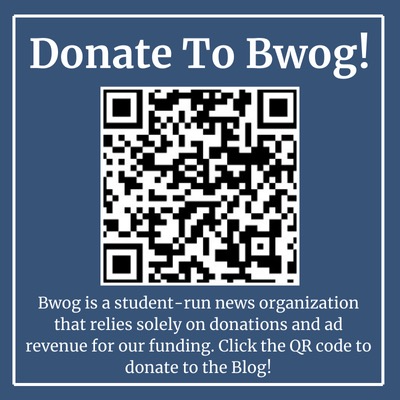
Sound, video, and discussion combined to make this a memorable, if confusing, event.
Staff Writer Isabel Sepúlveda attended the recent lecture A History of Echoes Part 2: Sound of Trans Freedom, moderated by Michael Roberson, an adjunct professor at both The New School University and Union Theological Seminary.
To be honest, I wasn’t quite sure what to expect from this event. Part of a yearlong series of workshops put on by Columbia’s Oral History Master of the Arts program, the event’s description promised a shared listening experience of the oral history of the House and Ballroom Scenes in New York City, and what this meant for LGBTQ communities of color in the city. Ultimately, the discussion proved more far-ranging but I found myself leaving only slightly less confused than when I had arrived.
The discussion was moderated by Michael Roberson, who is, among other things, a public health practitioner and activist focuses on the health disparities of Black gay men and Black gay men in the house/ball communities. He also is a member of Ultra-red, an international sound art collective. It was obvious from the start of the event that Roberson was deeply passionate about what he was sharing with us and that those in attendance were equally excited to engage in what he had to say.
He opened with a brief explanation of the history of the house/ball communities and Black queer history as whole, from slavery, the Great Migration after the failure of Reconstruction, to the attempt by community leaders to remove Black queer people from Harlem during the 20th century. As someone coming in with no clue about the house/ball communities, these terms weren’t well explained, as if expecting that everyone else in the room would have the previous knowledge. This left me floundering until after the lecture, when I was able to put everything into the context after a brief Google search. As this was part 2 of the lecture series, perhaps this was covered previously, but for people like myself unable to attend the first event, a moment of contextualization would have been appreciated.
From there, he explained that we would spend the next 20 or so minutes in a shared listening experience. Roberson also explained his collective’s preference for sound, saying that “visuals can skew” and African-Americans have “always been in charge of [their] own sound,” highlighting examples such as music used during slavery and gospel music. His defense was incredibly convincing, which is why I was surprised that we spent this shared listening time watching videos, some of which included visuals as a key component. Given that there was so much discussion on the importance of sound and its divorce from the visual, I found myself confused as to why it was brought up at all because, while interesting, it now felt out of context to what we were actually participating in.
We watched quite a few videos, including ones of Sylvia Rivera, a Puerto Rican trans woman and activist, addressing a hostile crowd at a gay liberation rally in the 70s, Black trans model Tracey Norman sharing her experience in the industry, a memorial for those who had passed in the community, and a ballroom performance by Leiomy Maldonado as well as the Nike ad she was featured in during this past summer, among others.
After this shared viewing experience, Roberson opened the floor, asking “What did you see, hear, feel?” This is when the conversation really opened up. Highlights of the discussion include the appropriation of cis gay white men of the movement, by making marriage equality such a highlight of the LGBTQ struggle and leaving other community issues by the wayside. Also discussed were the “boundaries of blackness” that emerged during the Reagan administration and AIDS crisis, as the Black community chose to focus on the crack epidemic in the community and not AIDS, as that mostly targeted gay men they wanted to oust from the community. All in all, it was an interesting discussion that ranged far beyond the house/ball community and into history and issues that still affect the queer communities of the modern day.
Not knowing what to expect meant I ultimately wasn’t disappointed as I left this event, but at the same time, I struggled with the best way to describe my experience. In the end, I’m glad I attended, even if I did have to turn to Google to figure out what exactly I just spent an hour and a half learning about.


 0 Comments
0 Comments